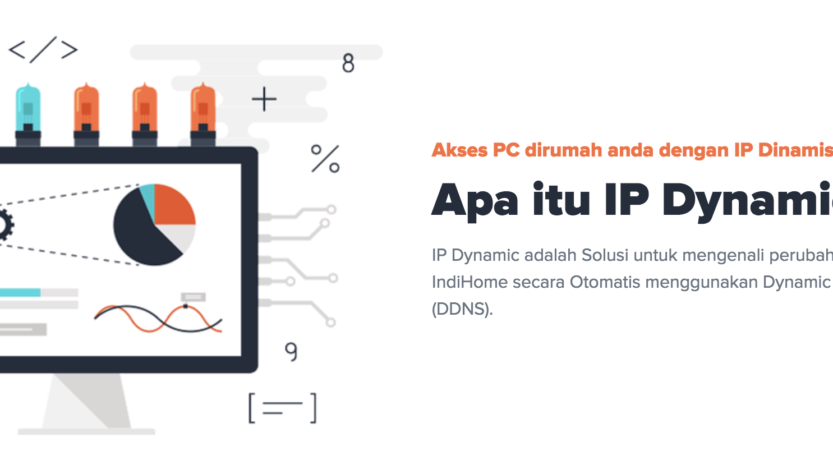Dynamic IP is the IP obtained by another computer/router from the DHCP system, dynamic IP usually changes. Dynamic IPs are typically configured on devices that use the DHCP protocol, and are subject to frequent changes. Every time a user connects to the network, their dynamic IP changes. DHCP (Dynamic Host Configuration Protocol) Server uses a system to track and find IP address information associated with active network elements. The tool used for translation is known as Domain Name Server (DNS).
DNS stores IP addresses along with mapped domain names to identify the exact location of network elements and guide network traffic to the right point. The two protocols DHCP and DNS are widely used while browsing the internet. When a user tries to connect to a DHCP network providing you with a dynamic IP address for a period of time and when the user types a URL in the browser’s address bar, the DNS server maps the domain name to the IP address required for web page transmission.
Advantages of IP Dynamic
1. Reliable Security
That’s because our IP address will change regularly. As a result, there is no chance for anyone to keep an eye on our online traffic.
2. User Friendly
How could that be? Well, we don’t need to waste time trying to manually configure IP on each client device, because the Server will take care of all the process.
3. Doesn’t cost too much
The DHCP Server provider costs less, because it saves energy and time in IP assignment. this allows us to offer services at a better price.
Disadvantages of IP Dynamic
1. Difficult to Identify Distractions
If there is interference on the network, we will find it difficult to identify the interference, because we do not know the location of the IP on which device.
2. IP Numbering Maintenance is More Difficult
Maintenance on dynamic IP address numbering is more difficult because all IPs are dynamic and not fixed so they can always change from client to client
3. More Difficult to Check Client
We will find it difficult and will take a long time to track down the client who violates the authority or because we cannot know exactly where the IP owner’s device is.

